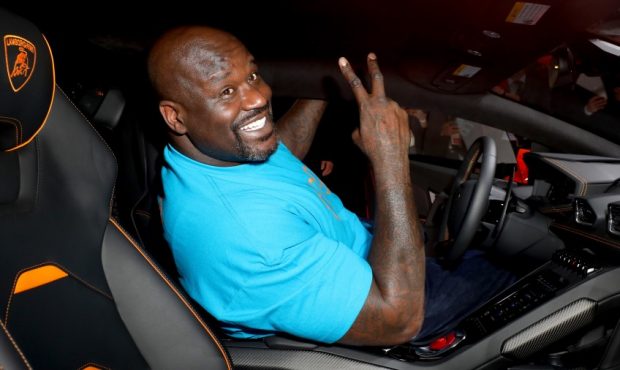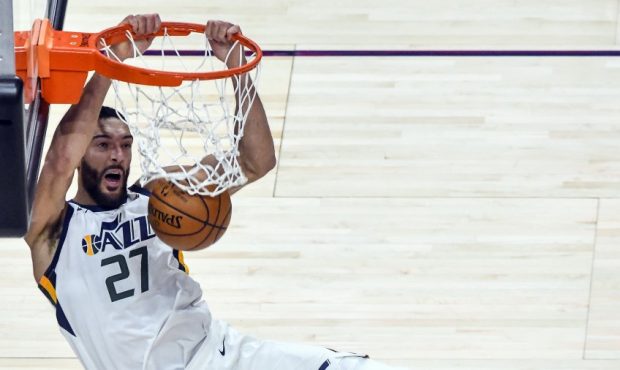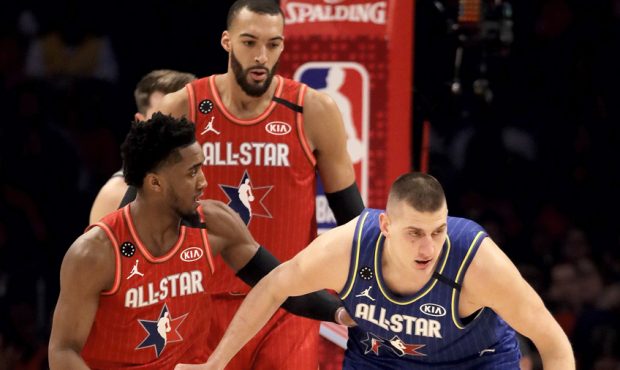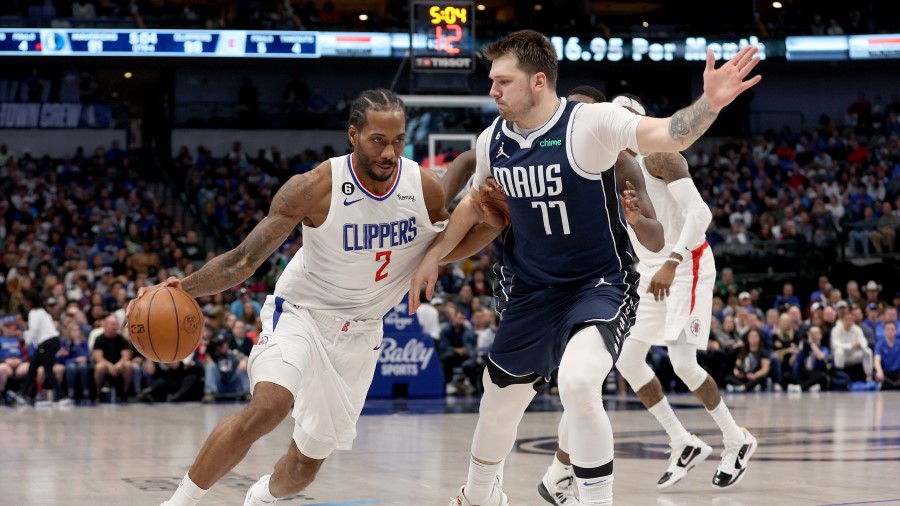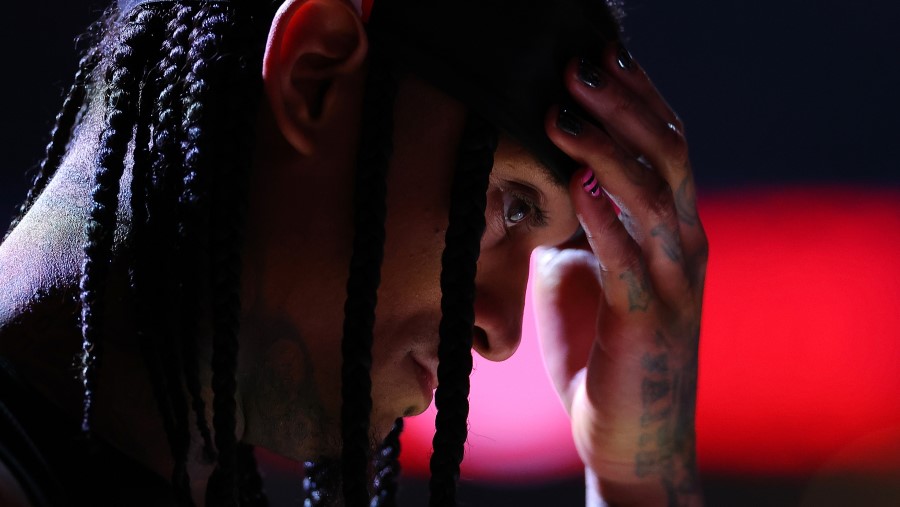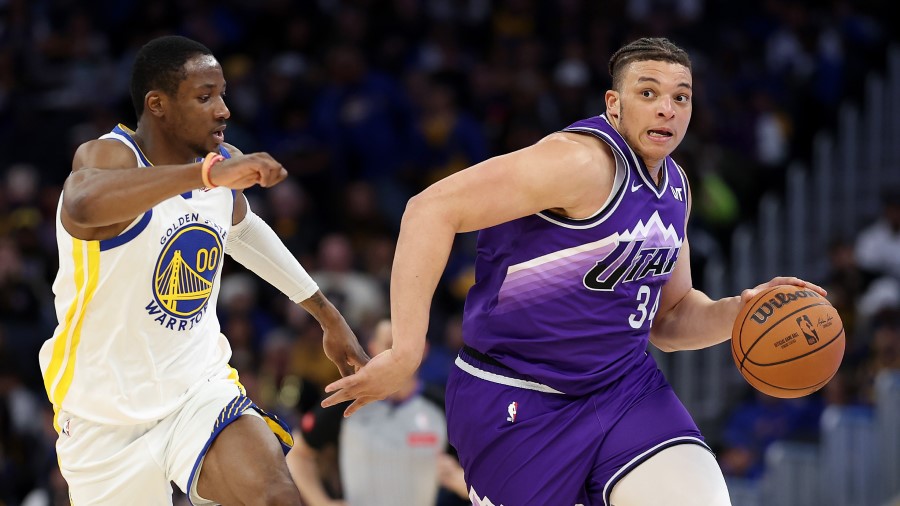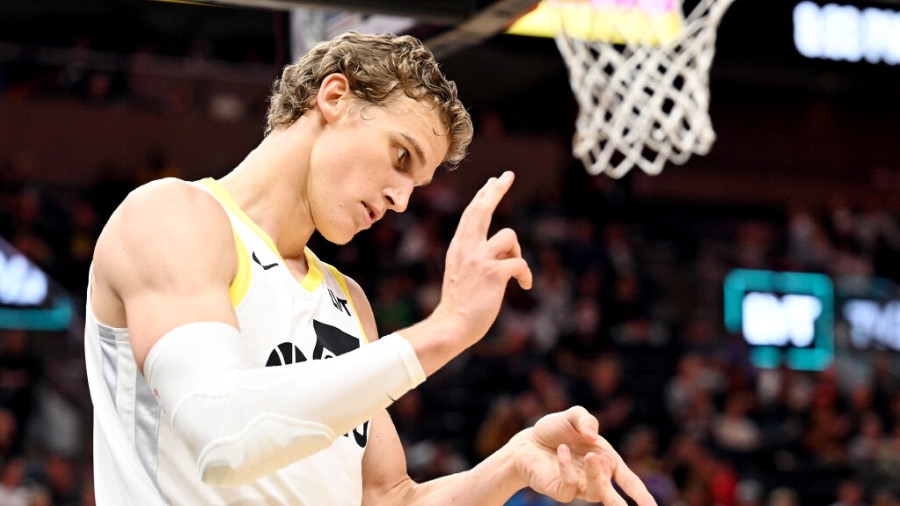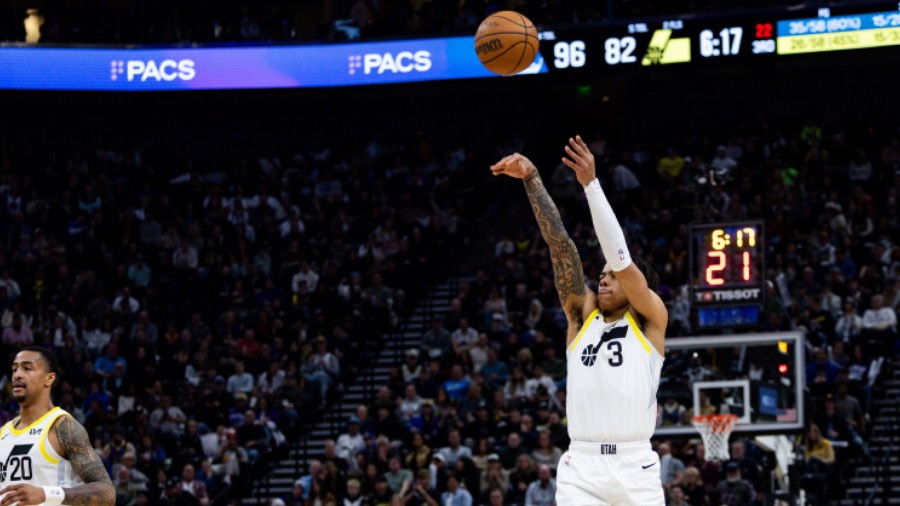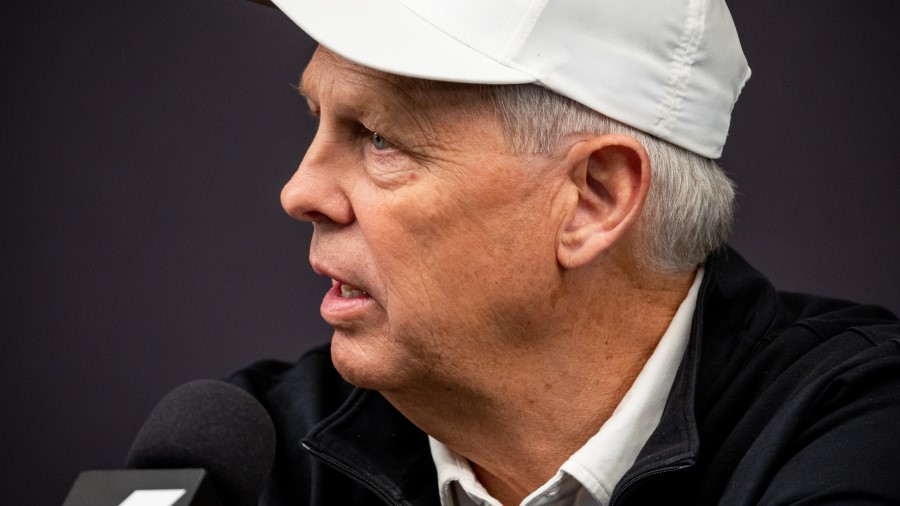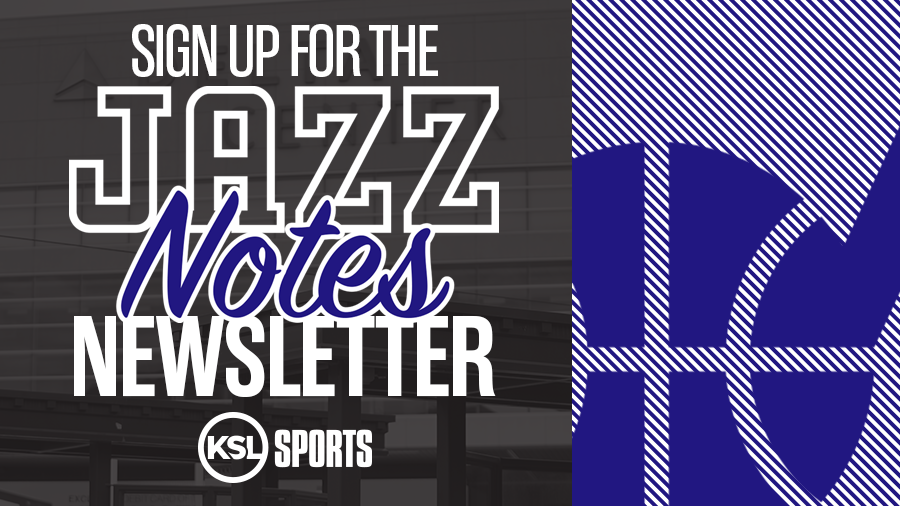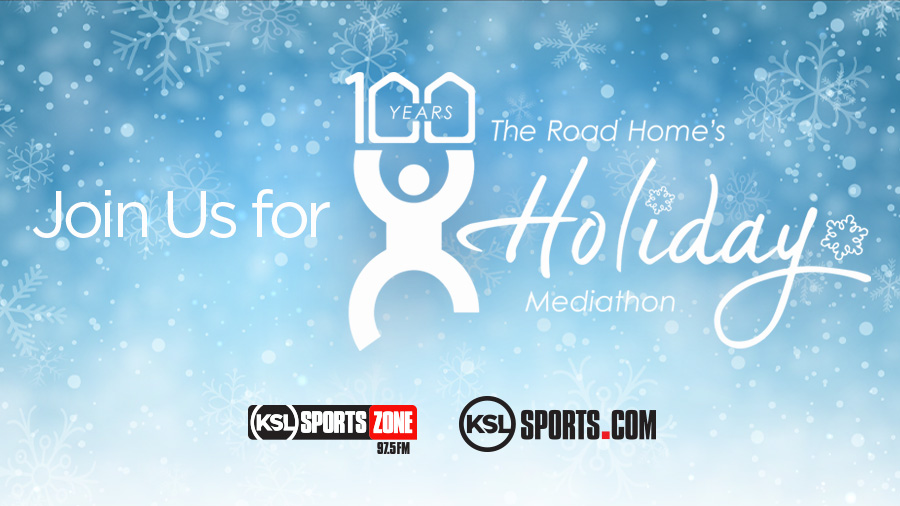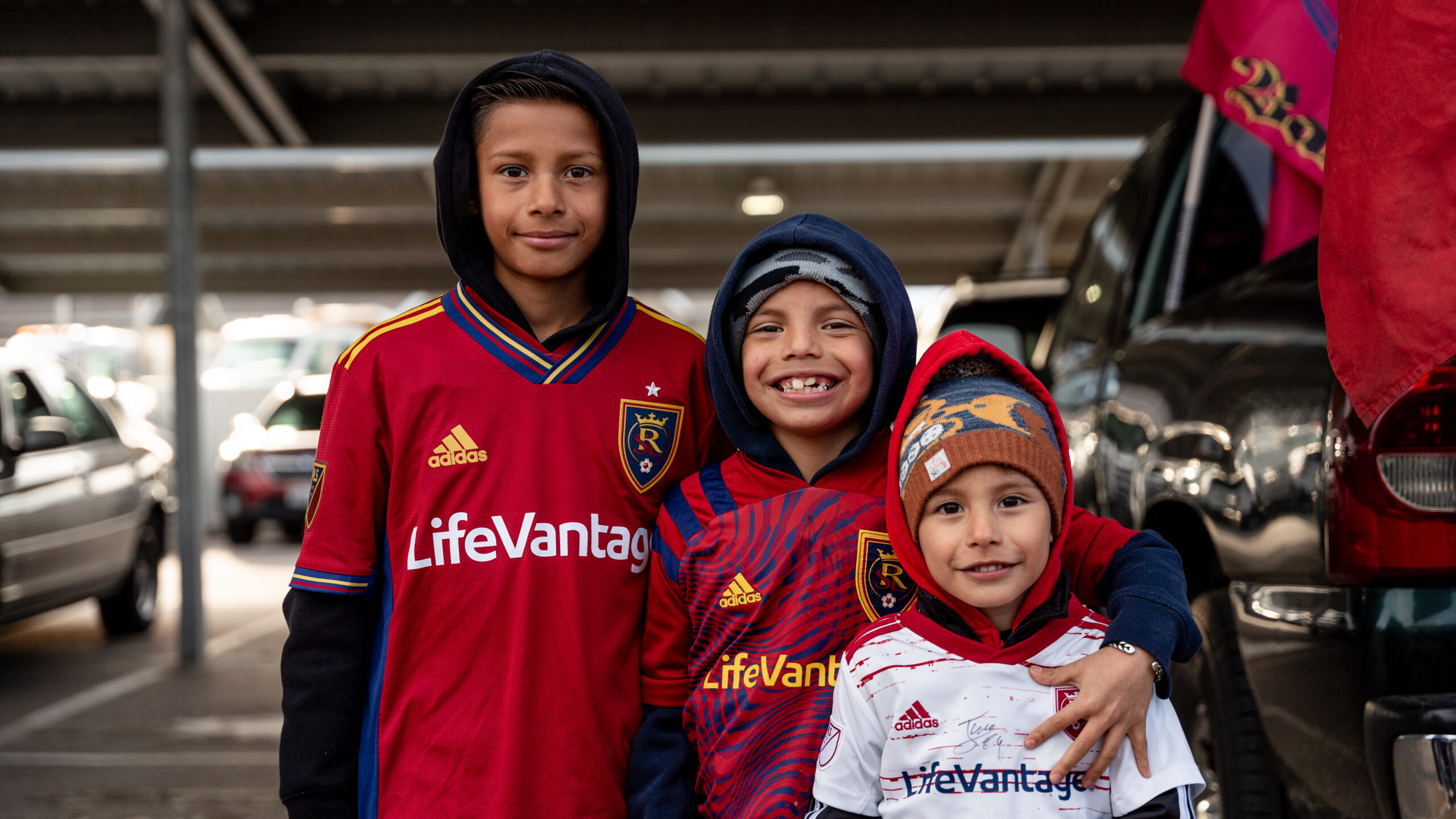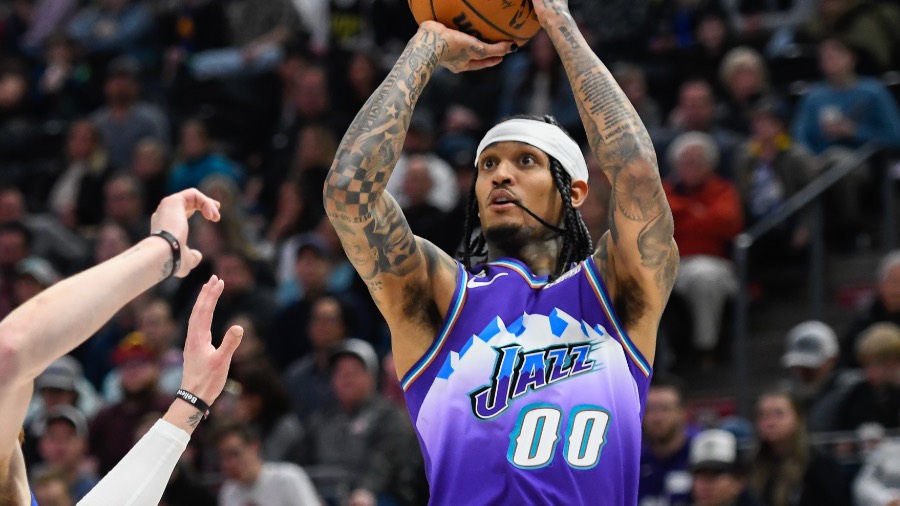What Does Concussion Protocol Look Like For Donovan Mitchell?
Jan 29, 2021, 4:08 PM
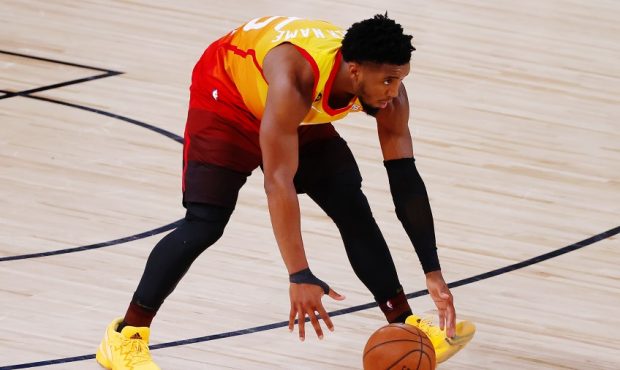
Donovan Mitchell (Photo by Kevin C. Cox/Getty Images)
(Photo by Kevin C. Cox/Getty Images)
SALT LAKE CITY, Utah – The Utah Jazz are preparing to face the Dallas Mavericks for the second straight game without Donovan Mitchell who has yet to clear the NBA’s concussion protocol.
Mitchell entered the program after taking a series of blows to the head on Tuesday night and waking up with concussion-like symptoms on Wednesday morning.
The Jazz beat the Mavericks on Wednesday night 116-104, despite being shorthanded.
In the latest episode of the Jazz Notes podcast, Ben Anderson explained what goes into clearing concussion protocol for Mitchell, and answered other listeners’ mailbag questions.
Mitchell Concussion Protocol
Can you spend time explaining the concussion protocol, where Donovan is in the process, and guess when we might see him back (hopefully Sunday)
— Brian Horman (@EffnHorman) January 29, 2021
Concussion protocol has a few rules, all of which you can read about in more detail on the NBA’s official page.
But to briefly summarize, after a suspected concussion, a player will undergo a neurological evaluation, followed by continued monitoring for a period of 24 hours, and if they are diagnosed with the injury, they’ll be required to sit out the next calendar day.
Then, after the rest, the player can return to light workouts i.e. stationary bike or jogging, and will again be monitored to see how they respond, and if there are any lingering signs from the concussion.
They slowly ramp up the workouts, and as long as there are no further issues, the player is free to return to play.
So, Mitchell could return to the court as soon as Sunday against the Denver Nuggets if he can pass these tests, otherwise, it’s just a process of wait and see.
Jazz Lower Rim Field Goal Percentage
What’s going on with the Jazz at the rim? They still have a lower FG% at the rim than opponents (-1.2% difference).
It’s “a deal” because opponents are getting more shots than us at the rim too (-1.9% difference in frequency).
— Adam Bushman (@adam_bushman) January 29, 2021
Overall, the Jazz are taking fewer two-point field goals inside of 10 feet than they were last season.
Last year the Jazz shot a little over 37 field goal attempts from two-point range inside of 10 feet, this year that’s dipped to 35 FGAs per game.
That’s a drop of nearly four percent, meaning those shots are now being taken from the three-point line.
What does that mean?
Likely that the Jazz are hunting three-point shots more frequently than they did last season, which may result in the team passing up some decent looks at the rim for more three-point shots.
Additionally, Gobert is having a much worse season at the rim this year than last. Gobert has dropped from 69 percent to 60 percent on his field-goal percentage, of which about 79 percent of his field-goal attempts come between 0-3 feet.
Mike Conley’s Contract
Address scenarios by which we can keep Conley around after this season without paying the repeater tax?
— Mensch (@SuperMensch) January 29, 2021
First, we need to understand the repeater tax. The repeater tax kicks in when a team has been over the luxury tax three out of four seasons.
The Jazz haven’t been over the luxury tax until this season, so that’s a good start. The Jazz could still get under the luxury tax this year by trimming a few million dollars off their salary and give themselves more breathing room in future seasons to avoid the repeater tax.
Say new owner Ryan Smith is willing to pay the luxury tax but wants to avoid the repeater tax, the Jazz could sign Conley to a two-year contract at say $30 million this offseason, and the Jazz would be on the hook for taxes beyond the 2021-22 tax line.
However, as long as Conley’s deal expires within two years, and the Jazz drop out of the luxury tax range for the two seasons immediately following the expiration of that contract, they could avoid the repeater tax.
However, there is basically no scenario in which the Jazz aren’t in the luxury tax next season, especially if they plan to bring Conley back.
No one is having a better week than Utah Jazz owner Ryan Smith, whose company Qualtrics went public yesterday.
With the stock climbing more than 50% on its first day of trading, Smith made over $150M yesterday.
The best part?
The Jazz have won 10 straight & are in 1st place. pic.twitter.com/irtYAUcRXd
— Joe Pompliano (@JoePompliano) January 29, 2021
The good news, according to Joe Pompliano of huddleup.com, Smith made $150 million on Thursday after Qualtrics became a publically traded company on the New York Stock Exchange.
His one-day earnings would cover the Jazz entire payroll next season, minus a few million for Conley’s tax bill. He can afford it, the only question is if the Jazz want to pay it.
If you sent a question in but don’t see the response here, it was answered on the podcast. Thanks for your submissions, and you can subscribe to the podcast here.

